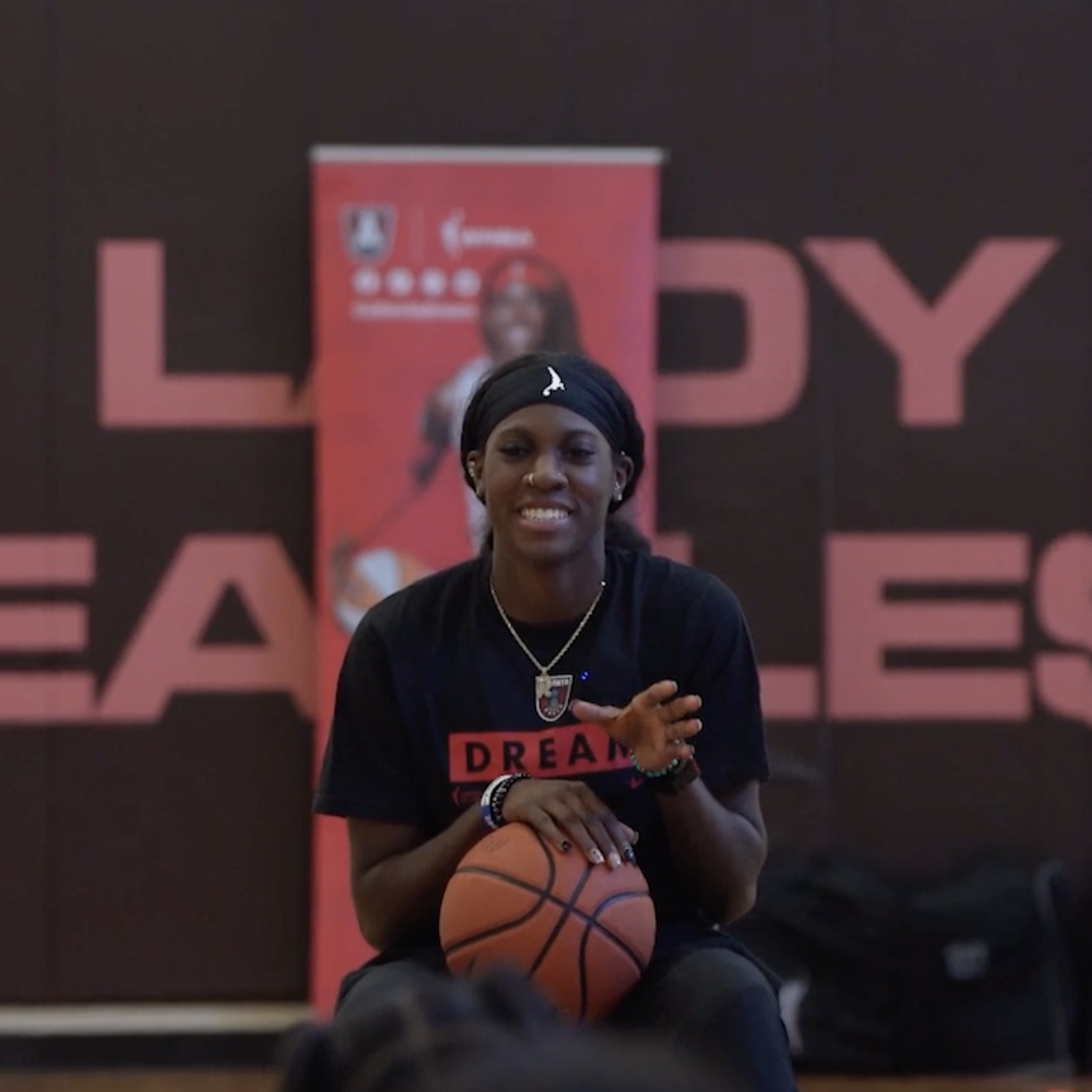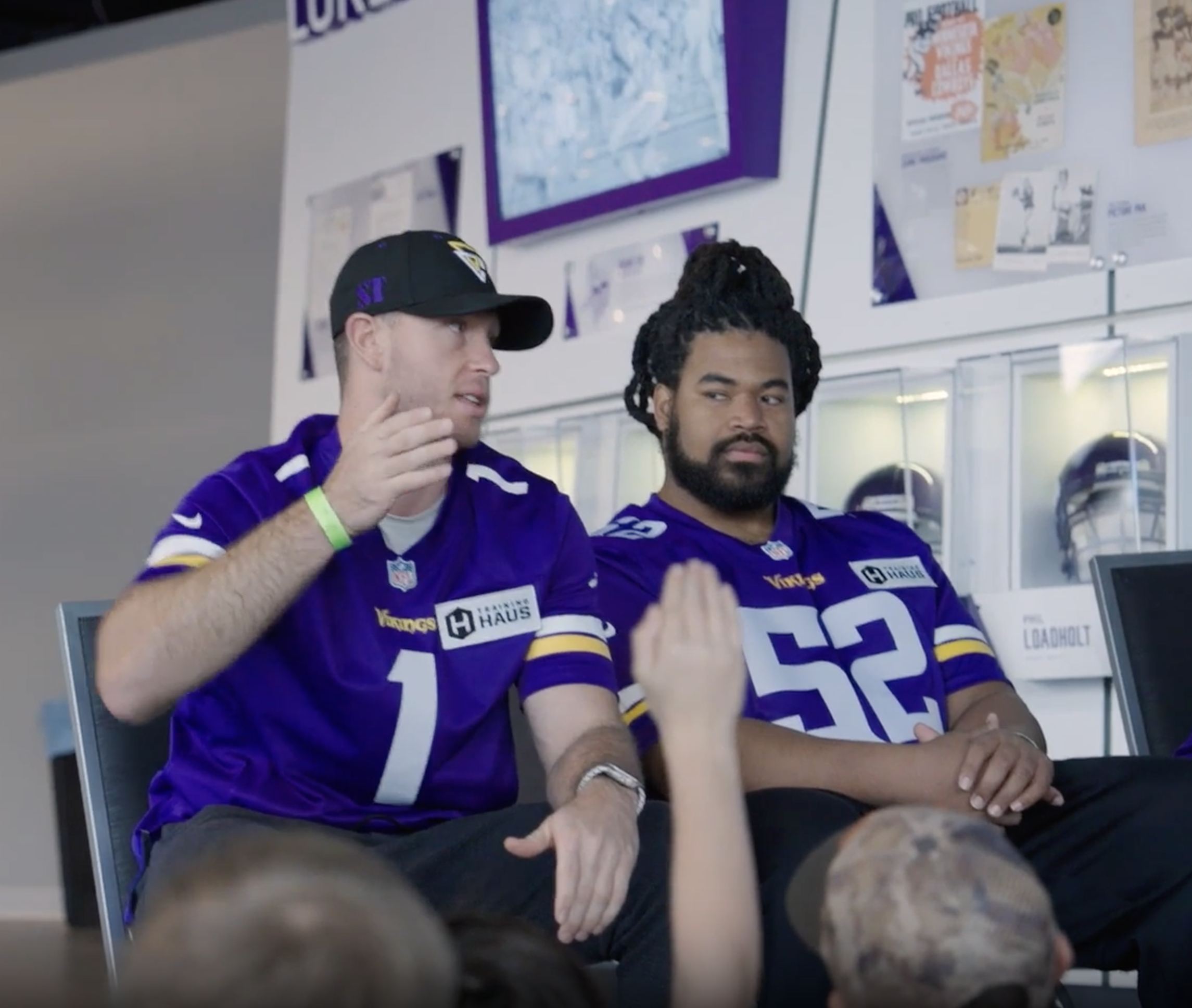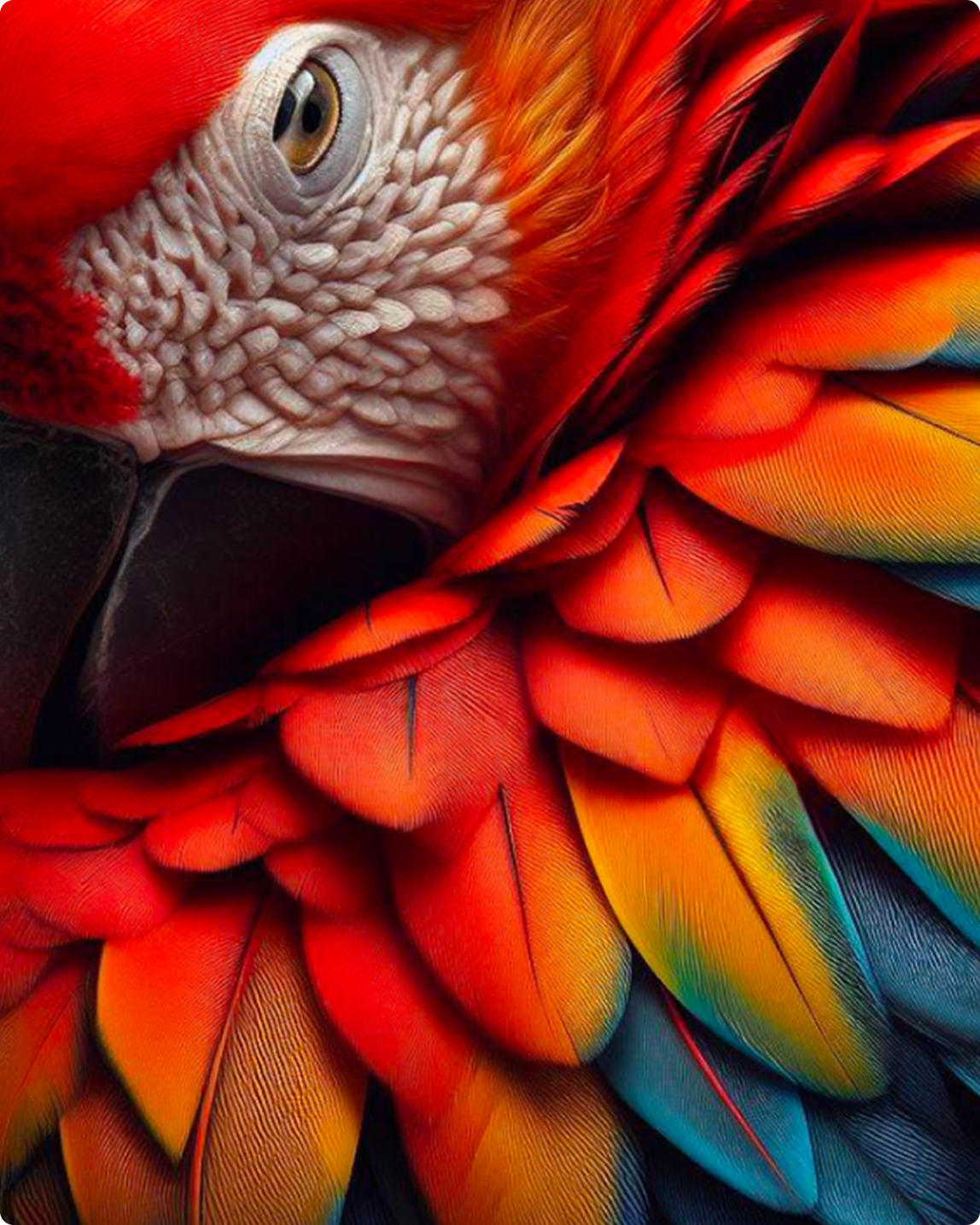On the surface, sports and STEM (science, technology, engineering, and math) may seem like unlikely allies.
But they’re actually a winning combination. Angling a football for a game-winning kick? That’s geometry! Adjusting the force of your dribble to get a higher bounce? That’s physics at play! Kids are already playing sports, so why not show the science behind them to inspire learning in a fun, new way?
Microsoft has long been a champion of sports and partners with professional teams to build technology solutions empowering coaches and players. Organizations like the WNBA, NFL, and BWT Alpine F1 Team are helping us empower the next generation of STEM leaders with valuable learning and skills to pave the way for future success.
Learning about physics through dribbling
“If you take five shots and make three of them, what’s your field goal percentage?” Rhyne Howard of the Atlanta Dream asks the crowd fanned out in front of her. The eager chatter dims to a whisper as the air intensifies with internal calculations.
A hand shoots to the sky. “Sixty percent?”
Howard grins. “Correct!”


She isn’t grilling her fellow teammates. She’s speaking with school-aged girls about basketball…and STEM. Howard is one of several Dream players participating in a ‘Power Her Dreams’ clinic, which teaches young girls in the Atlanta area valuable STEM concepts through basketball. The free clinics aim to spark curiosity for STEM by using the sport as an exciting entry point.
Because STEM is everywhere in basketball, from calculating shooting percentages to gauging shot angles to bouncing the ball. The girls at the clinics learn about STEM concepts like friction, velocity, and physics from ballhandling drills, relay races, and passing exercises. They practice the latter while balancing on one leg, laughter rippling across the gym as they wobble and sway. “I’m tipping over!” one girl squeals as she flings the ball to her classmate. Her coach chuckles and replies, “That’s because of gravity!”
Away from the court, Haley Jones, a forward for the Dream, is faced with a dilemma: doughnuts or pizza. “What should I choose?” she asks her table. The girl to her left, enthralled by the menu of options on the Surface in front of her, says, “A doughnut. No, wait, a princess!” Jones and the girls aren’t ordering lunch. They’re choosing cute avatars for the retro, arcade-style free throw game they’re building in Microsoft Make:Code. Using basic coding skills, they’re creating digital catapults that will launch their avatars into a basketball hoop. And, hopefully, launch a new interest in programming.
Code. Click. Swish.
“We’re inspiring future Dalias”
In the high-octane world of F1 racing, every decision counts. Every millisecond. Every move. Every megabyte of information, every small detail on surfaces and power unit. Dalia Ramos Guerra may not be an F1 driver herself, but the work she does is vital to making BWT Alpine F1 team’s cars as fast as possible.
As Head of Build and Test at BWT Alpine F1 Team, Dalia oversees the supervising and coordinating of all construction, assembly, testing, and inspection activities. And for the girls attending the two-day Alpine ‘Race into STEM’ event in Mexico City, she’s something even bigger: a role model.
The ‘Race into STEM’ program aims to inspire youth to pursue STEM careers by hearing from actual STEM professionals. And by having Dalia as a featured guest, the hope is that more girls will feel empowered to follow a similar track.
As the girls file off the bus and into the ‘Race into STEM’ classroom, they’re clearly abuzz. Their excitement is driven in part by the usual giddiness accompanying a field trip. But also by Dalia herself. She’s passionate about her career. And passionate about inspiring girls to chase their dreams.
We have the responsibility to encourage and inspire young girls into the world of STEM, to help them pursue the career that they are passionate about without fear, limitations, or stereotypes.
The girls ask Dalia questions about her career trajectory, her job within F1, and her experience breaking into STEM as a woman. Then, it’s off to the races.
Literally. The girls are learning to build mini race cars from micro:bits, which are pocket-sized computers that can be programmed to perform tasks. About the size and thickness of a credit card, micro:bits are surprisingly sophisticated, complete with LED lights, circuits, inputs, and outputs. The girls first learn to program the micro:bit to perform movements, like going forwards and backwards, left and right. Then they outfit their micro:bits with lights, wheels, and sensors. As the girls race their tiny creations around the track, it’s easy to imagine a new world opening up in front of them.
According to Barbara Rivero Puente, TECHNOLOchicas Community Coordinator, that’s exactly the point. “What I love the most about this program, is seeing the girls get excited. When they see Dalia, and when they start programming their micro:bits and see the cars start running, it’s going to inspire a lot of future Dalias.”
Image carousel
Improving access is a team effort
Christina Saunders knows that for many kids living and going to school in under-resourced communities, the curiosity for STEM is there. It’s the access that isn’t. Maybe a student can’t afford a computer. Maybe their school is too under-resourced to teach coding. Or maybe they just don’t feel like they belong. These barriers have consequences. People of color represent just 36% of the existing STEM workforce. And the number of women in STEM fields has actually dropped since 1990.
Christina is the Executive Director of ACES (Athletes Committed to Educating Students), a Twin Cities-based organization with a mission to close the access gap by teaching math and social emotional skills through the lens of sports. But closing this gap is no easy feat. It requires massive amounts of resources, coordination, and commitment across like-minded partners. And on one sunny November afternoon, we teamed up with ACES and The Minnesota Vikings to help students learn math through football in an NFL-style combine event.

To kick things off, Vikings General Manager Kwesi Adofo-Mensah, kicker Greg Joseph, and punter Ryan Wright field questions from the audience.
What’s your favorite food? (Empanadas.)
Do you like practice? (Yes!)
How do you use math in your daily life at your job?
It’s this last question that proves how sometimes the only thing separating a galvanizing win or gutting loss is basic addition.
The kids then branch off to test their skills at several football-themed stations, like vertical jumping, footwork, punting, throwing, and sprinting. As they compete, they log their stats into Surface Pro devices to create graphs and learn statistical analysis. The drills themselves are fun. But the fact they’re analyzing their own data makes practical learning feel like personal empowerment.
At the 40-yard dash station a boy comes careening across the finish line. “Yo, what’d I get?” he asks his friend holding the stopwatch. “Dang, too slow. I need to be…” he closes his eyes to compute “… 0.2 seconds faster.” He lingers for a second to catch his breath, then jogs back to the starting line.
The Vikings aren’t the only NFL team helping us teach STEM through sports. Microsoft has hosted similar STEM events with virtually every NFL club, demonstrating that improving access isn’t a one-and-done effort. It’s a prolonged commitment spanning regions, communities, and organizations. Because when the right players come together, everyone wins.
As a kicker, math is so important. Because wherever the ball is, I’m adding 18 yards for the snap. To get my kick right, it’s all numbers.











